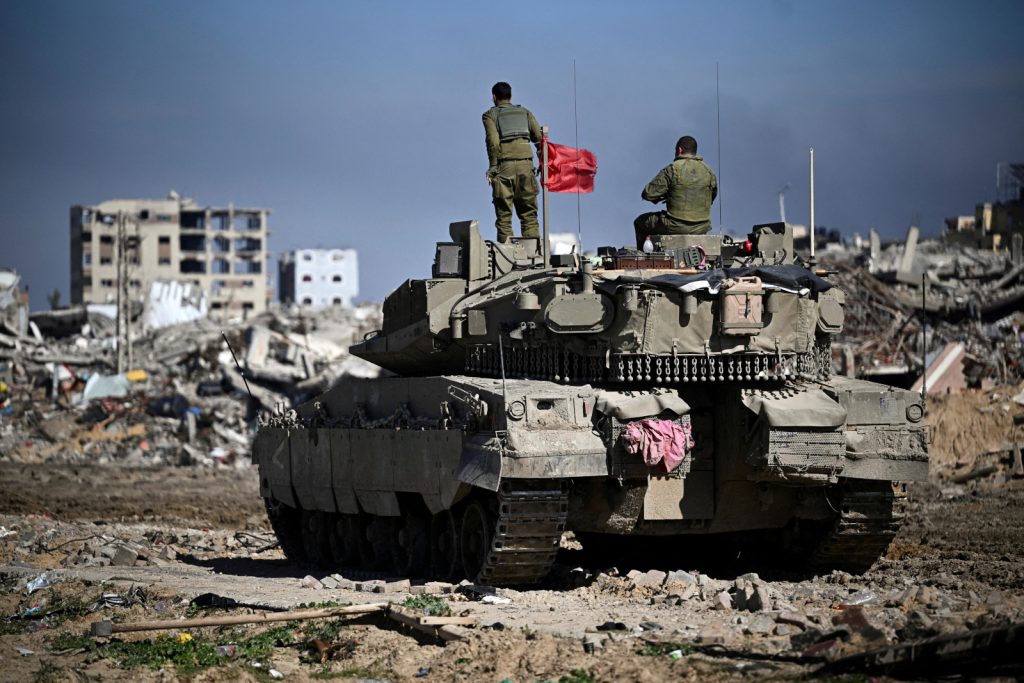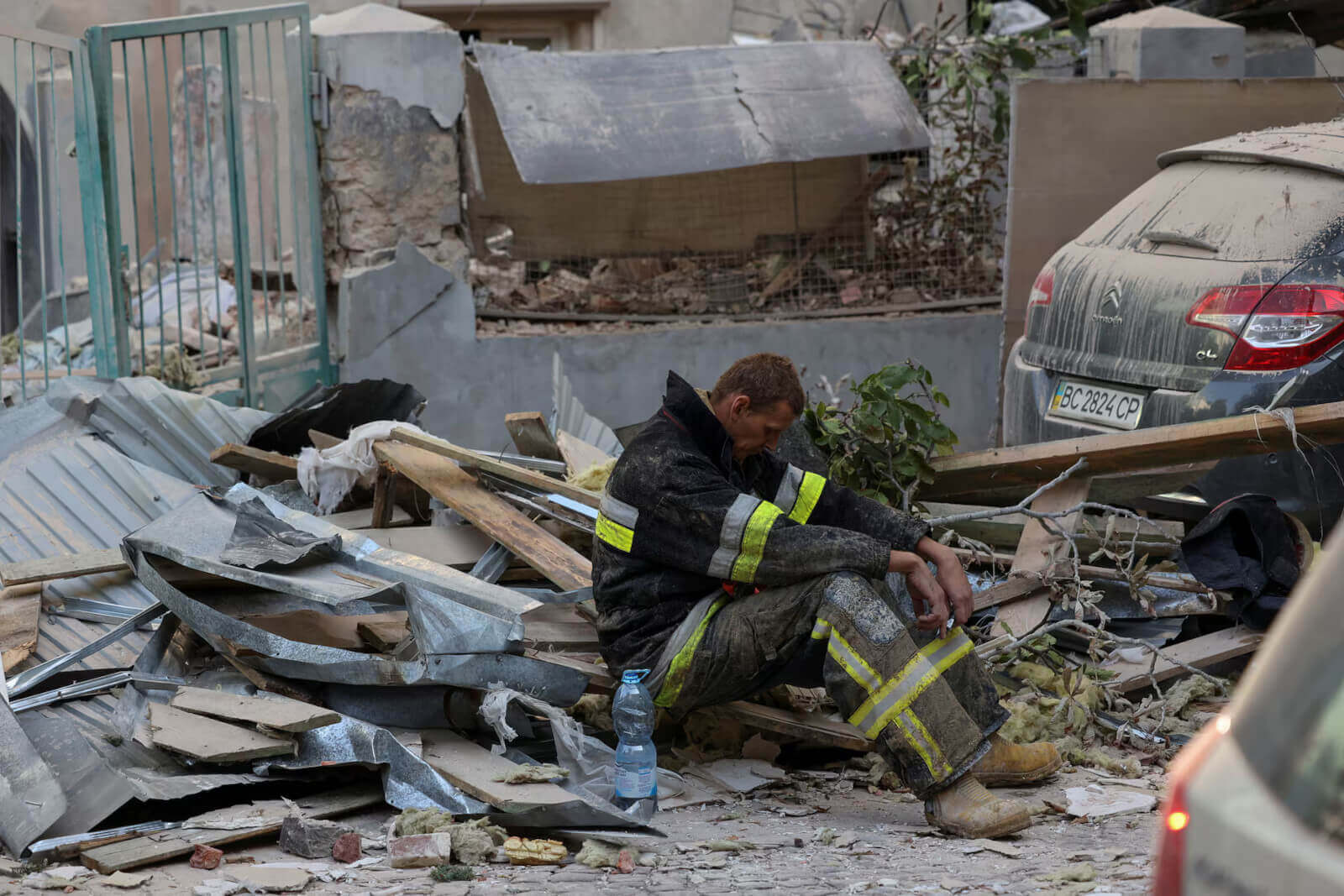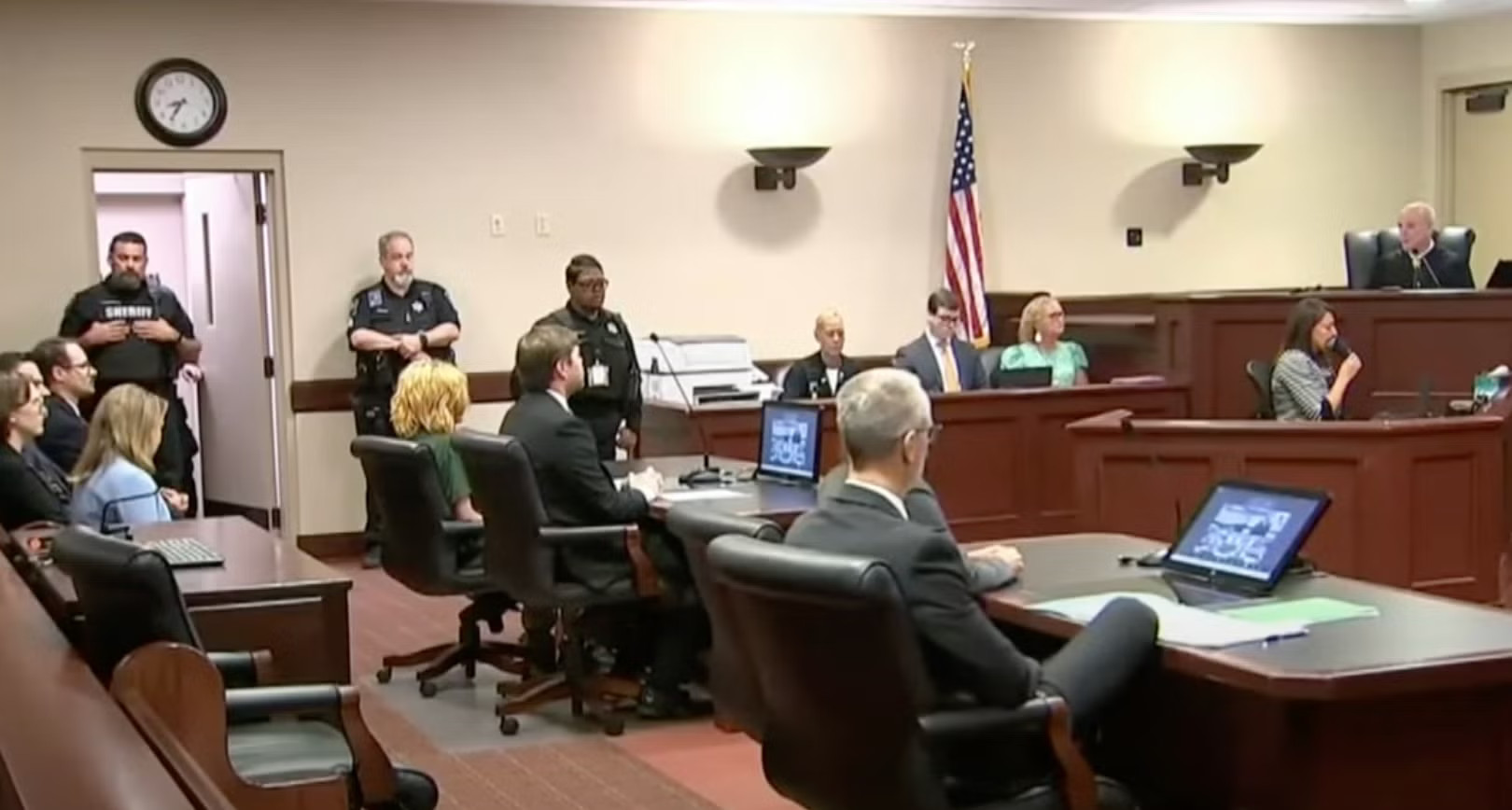Tensions between Israel and Hezbollah have reached a critical point, sparking fears of a full-scale regional war. The escalation follows a deadly rocket attack in the Israeli-occupied Golan Heights, which killed at least 12 people and injured more than 20, including children and teenagers.
The attack, which occurred on a soccer pitch in Majdal Shams, is the deadliest since Hamas’ October 7 assault sparked the war in Gaza. Israel and the United States have blamed Hezbollah for the strike, vowing retaliation. However, Hezbollah has denied any responsibility, stating it had “absolutely nothing to do with the incident.”
In response, the Israel Defense Forces (IDF) launched counterstrikes on several sites in southern Lebanon and deep into Lebanese territory, targeting Hezbollah. Lebanese civil defense authorities reported two deaths and three injuries from these counterstrikes. Beirut airport canceled several flights, citing fears of further Israeli attacks.
The current conflict has its roots in the broader regional dynamics, with Israel facing multiple adversaries backed by Iran, including Palestinian Islamic Jihad, Hezbollah in Lebanon and parts of Syria, Iraq’s Islamic Resistance, and the Yemeni Houthis. These groups operate as Iran’s proxies in an Axis of Resistance opposing Israeli and American power in the region.
Hezbollah, widely deemed the most powerful non-state actor in the Iran-backed militant network, has been trading fire with Israel since October 8, a day after Hamas attacked communities in southern Israel. The group has pledged to continue its attacks until a ceasefire is in place, aiming to support Palestinians under Israeli bombardment.
The conflict has already taken a heavy toll on both sides, with tens of thousands of people forced to flee their homes. Israeli air strikes have pounded areas where Hezbollah operates in southern Lebanon and struck the Bekaa Valley near the Syrian border. The IDF has also targeted other locations, notably killing senior Hamas commander Saleh al-Arouri in Beirut on January 2.
According to security and medical sources, IDF strikes have killed some 350 Hezbollah fighters in Lebanon and more than 100 civilians, including medics, children, and journalists. Israel reported that the death toll among civilians killed in Hezbollah attacks had risen to 23 since October, along with at least 17 soldiers.
Despite the ferocity of these hostilities, they have been seen as relatively contained. Israeli Prime Minister Benjamin Netanyahu warned in December that Beirut would be turned “into Gaza” if Hezbollah started an all-out war. Hezbollah, while signaling it is not seeking to widen the conflict, has stated it is ready to fight any war imposed on it and has used only a small part of its capabilities so far.
Any move by Israel to expand the conflict would be met by “devastation, destruction, and displacement” in Israel, according to Hezbollah deputy leader Sheikh Naim Qassem. Past wars have inflicted heavy damage, with the 2006 conflict resulting in large-scale destruction and displacement in both Lebanon and Israel.
Hezbollah’s arsenal has grown significantly since 2006, including rockets it says can hit all parts of Israel. The group has demonstrated advances in its weaponry, shooting down Israeli drones, launching its own explosive drones into Israel, and firing more sophisticated guided missiles.
The United States, which deems Hezbollah a terrorist group, has been at the heart of diplomatic efforts aimed at easing the conflict. Amos Hochstein, a US official, brokered a diplomatic deal between Lebanon and Israel in 2022 over their disputed maritime boundary. Hochstein has stated that while peace between Hezbollah and Israel is unlikely, a set of understandings could remove some of the impetus for conflict and establish a recognized border.
United Nations Secretary-General António Guterres warned in June against Lebanon turning into a battlefield like Gaza, stating that “one rash move – one miscalculation – could trigger a catastrophe that goes far beyond the border, and frankly, beyond imagination.
Israeli forces, with continued American support, have powerful military capabilities both on offensive and interceptive fronts. However, with the US appearing more prudent and advising Israel against Lebanese retaliations, it is unlikely Washington will become involved in a conflict against Hezbollah. Without foreign backing and with most of the Arab world in opposition, the IDF’s defense systems could face significant challenges in the face of tens of thousands of Hezbollah rockets and missiles from the north and east.
Hezbollah, described as the “world’s most heavily armed non-state actor” in 2021, has more than 150,000 weapons of all ranges—nearly 10 times its military strength in 2006 when it last went to war against Israel. These include precision-guided munitions, drones, anti-tank, anti-aircraft, and anti-ship missiles. The organization reportedly has more than 100,000 fighters, compared to Israel’s roughly 170,000.
The outcome of a potential war between Israel and Hezbollah remains uncertain, but the bloodshed would be enormous.











UsiCvXubel
I loved as much as youll receive carried out right here The sketch is tasteful your authored material stylish nonetheless you command get bought an nervousness over that you wish be delivering the following unwell unquestionably come more formerly again since exactly the same nearly a lot often inside case you shield this hike.